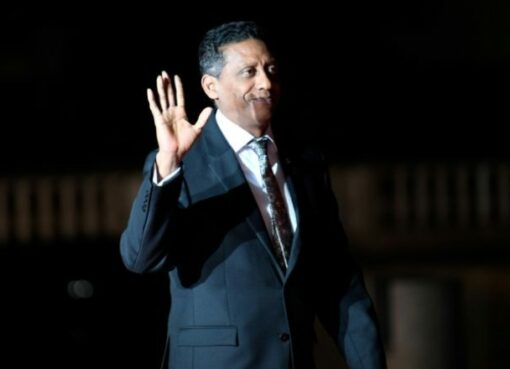Proving the adage that everything takes place in a certain political context in Sri Lanka, the change of guard in Colombo is paving the way for revival of the Kankesanthurai (KKS) port in the Jaffna district.
Located about 410 km north of Colombo, the port was badly damaged during the three decade long Eelam War that ended in 2009. India took up the restoration work in 2011 under an agreement to clear sunken ships and to deepen the harbour, which is also the home to naval base, SLNS Uttara.
The job was essentially building a new port and was to be completed in six stages over a short period of two-and-a-half years. And the first four phases that involved removal of six sunken vessels, and dredging was completed by 2013 with a grant of $ 19.5 million.
Simultaneously, Indian public sector agency, RITES prepared a detailed project report. The Rajapaksa government of the day dragged its feet with its China-fixation; nothing happened even though India was ready to complete works like rehabilitating breakwater, building an additional pier and installing port infrastructure facilities.
Significantly, this period marked the entry of China to build Hambantota with Chinese loans and Chinese engineers and workers. The new port has since become a white elephant belying the Chinese projections of a Singapore like port for Sri Lanka.
Whatever India undertook by way of post-war reconstruction in Sri Lanka was not with credits but liberal grants. Most of these projects came up to rebuild the civilian socio-economic fabric in the war ravaged Tamil dominated Northern Province. In contrast, Chinese loans have financed the China’s Lanka development foray.
India has no strategic reason to renovate KKS nor does it need the harbour to dock its vessels, as it has the expertise and logistics required on its east and west coasts.
Political context changed after the Presidential and general elections in Sri Lanka. The India friendly government has given a fresh lease to the stalled Kankesanthurai port project. When he visited New Delhi, Prime Minister RanilWickremesinghe sounded “positive” and said Sri Lanka “will collaborate” with India for the development of the key northern harbour. When fully developed, KKS would transform Sri Lanka’s Northern Province into a regional marine hub.
Yes, Kankesanthurai port will be the closest Sri Lankan harbour to ports in the eastern coast of India, Myanmar and Bangladesh. India is developing Sittwe port in Myanmar. It is also working on Iran’s Chabahar port. Bangladesh has agreed to allow India access to Chittagong and Mongla ports. Put simply, India will soon have its own garland of pearls in the Indian Ocean.
Ends




